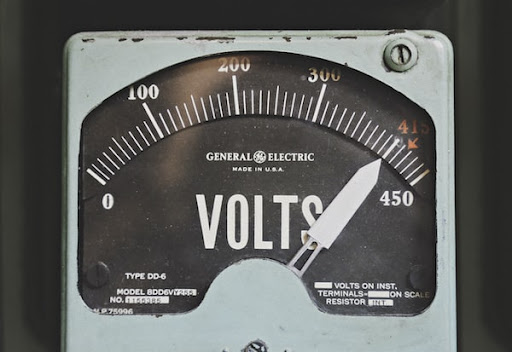An ammonia refrigerant pump is a type of pump used to circulate ammonia refrigerant in a refrigeration system. There are a variety of different types of ammonia refrigerant pumps, including centrifugal pumps, gear pumps, and screw pumps. Centrifugal pumps are the most common type of ammonia refrigerant pump and are used to circulate the refrigerant in a system by forcing it to flow through a rotating impeller. Gear pumps are also common, and use a pair of meshing gears to pump the refrigerant. Screw pumps are less common, but use a pair of screws to pump the refrigerant. Ammonia refrigerant pumps are used to circulate the refrigerant in a system in order to maintain a constant temperature. They are commonly used in commercial and industrial refrigeration systems.
Ammonia refrigerant pumps are a critical component of any ammonia refrigeration system. They are responsible for circulating the refrigerant throughout the system, ensuring that it reaches all of the necessary components to keep the system running efficiently.
There are a variety of different ammonia refrigerant pumps available on the market, each with its own benefits and drawbacks. It is important to select the right pump for your specific application, as the wrong pump can lead to decreased efficiency and increased maintenance costs.
Ammonia refrigerant pumps are an important piece of refrigeration equipment. They circulate the ammonia refrigerant throughout the system, transferring heat and reducing the temperature of the refrigerant. There are a number of factors to consider when selecting an ammonia refrigerant pump.
Table of Contents
Types of Pumps
There are four main types of ammonia refrigerant pumps: centrifugal, positive displacement, screw, and regenerative. Centrifugal pumps are the most common type and are used for most applications. They are reliable and can handle a wide range of flow rates. positive displacement pumps are used for high-pressure applications or when a high degree of accuracy is required. Screw pumps are used for low-flow or high-viscosity applications. regenerative pumps are used when there is a low ambient temperature and a high degree of energy efficiency is required.
Capacity
The capacity is the amount of ammonia refrigerant the pump can handle at one time. It is important to select a pump with a capacity that is appropriate for the application.
Pump Heads
The head is the maximum vertical distance the pump can move the ammonia refrigerant. It is important to select a pump with a head that is appropriate for the application.
Speed
The speed is the rate at which the pump can move the ammonia refrigerant. It is important to select a pump with a speed that is appropriate for the application.
Power

The power is the amount of energy the pump requires to operate. It is important to select a pump with power that is appropriate for the application.
Size
The size is the physical dimensions of the pump. It is important to select a pump with a size that is appropriate for the application.
Noise Level
The noise level is the amount of noise the pump produces. It is important to select a pump with a noise level that is appropriate for the application.
Price
The price is the cost of the pump. It is important to select a pump that is appropriate for the budget.
Availability
The availability is the amount of time the pump is available for use. It is important to select a pump with an availability that is appropriate for the application.
Service
The service is the amount of maintenance the pump requires. It is important to select a pump with a service that is appropriate for the application.
It is important to select the right ammonia refrigerant pump for your application. If you are unsure which pump is right for you, consult with a qualified engineer or pump manufacturer.

